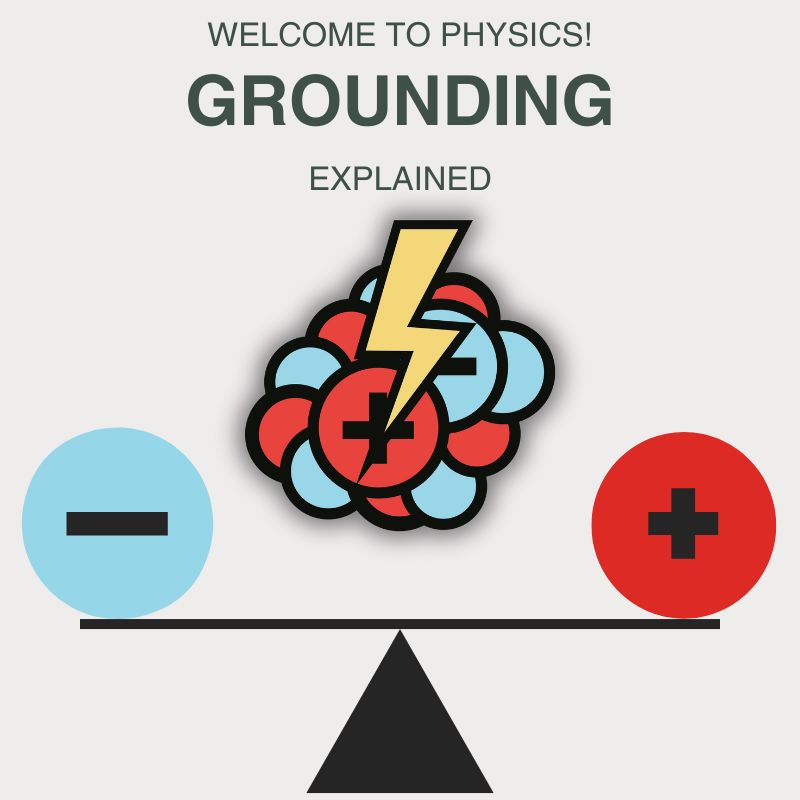
How Grounding Works: The role of electrostatic balance and free electrons in the human body
Every moment, your body is generating and conducting electrical signals. From brain waves and muscle contractions to the rhythm of your heartbeat, your entire biological system depends on subtle electrical charges to function properly. Yet, in the environments we now live in—surrounded by electronic devices, synthetic materials, concrete buildings, and artificial lighting—these natural processes can be disrupted. One of the key concepts in understanding how grounding works is electrostatic balance and the role of free electrons in maintaining the body's electrical stability.
Over the course of a day, especially in modern urban environments, the human body accumulates excess positive charge. This is due in part to constant exposure to electromagnetic fields (EMFs), friction with synthetic clothing or flooring, and lack of direct contact with natural surfaces. This buildup of electrostatic charge in the body creates a kind of internal electrical noise, which interferes with the natural functioning of our systems. It’s comparable to static electricity building up and creating tension in a system that needs to stay neutral to operate smoothly.
This is where grounding—or more precisely, the physics behind it—comes into play. The Earth is naturally endowed with an endless supply of free electrons. These electrons are mobile, negatively charged particles that exist abundantly on the surface of the Earth. When a human body comes into direct contact with the Earth’s surface—either barefoot or through conductive grounding systems—these free electrons begin to flow into the body. It’s a natural electrical exchange, where the Earth serves as a stabilizing force, drawing out excess positive charge and neutralizing it with its own negative charge.
The mechanism is similar to grounding in electrical systems: a way to prevent voltage buildup and reduce the risk of static discharge or electric shock. In the human body, this discharge of accumulated charge helps bring the entire system back to a state of electrical neutrality. It’s a quiet, invisible process, but the effects can be significant. Neutralizing excessive positive charge reduces oxidative stress, calms the nervous system, and restores the body’s natural rhythm.
Research into this area is ongoing, but preliminary studies show promising results. For example, grounding has been observed to reduce blood viscosity (which lowers cardiovascular risk), normalize cortisol levels (which supports better sleep and stress regulation), and reduce markers of inflammation (a root cause of many chronic diseases). All of these changes are believed to stem, in part, from the body returning to a more electrically stable and harmonious state.
What’s essential to understand is that grounding isn’t about adding something foreign to the body—it’s about restoring what’s natural. Our ancestors lived in close contact with the Earth every day. They walked barefoot, slept on natural surfaces, and weren’t bombarded by the constant streams of EMFs we deal with now. Our bodies evolved in an environment where contact with the Earth was consistent. Today, grounding reintroduces that missing connection—and through it, allows the body to discharge excess charge and regain its natural electrochemical balance.
In a world where so many health interventions are synthetic or invasive, grounding offers something radically simple and biologically intelligent. Through the neutralizing flow of electrons and the balancing of electrostatic charge, this natural process supports the body in remembering how to function as it was designed to—from the inside out.
